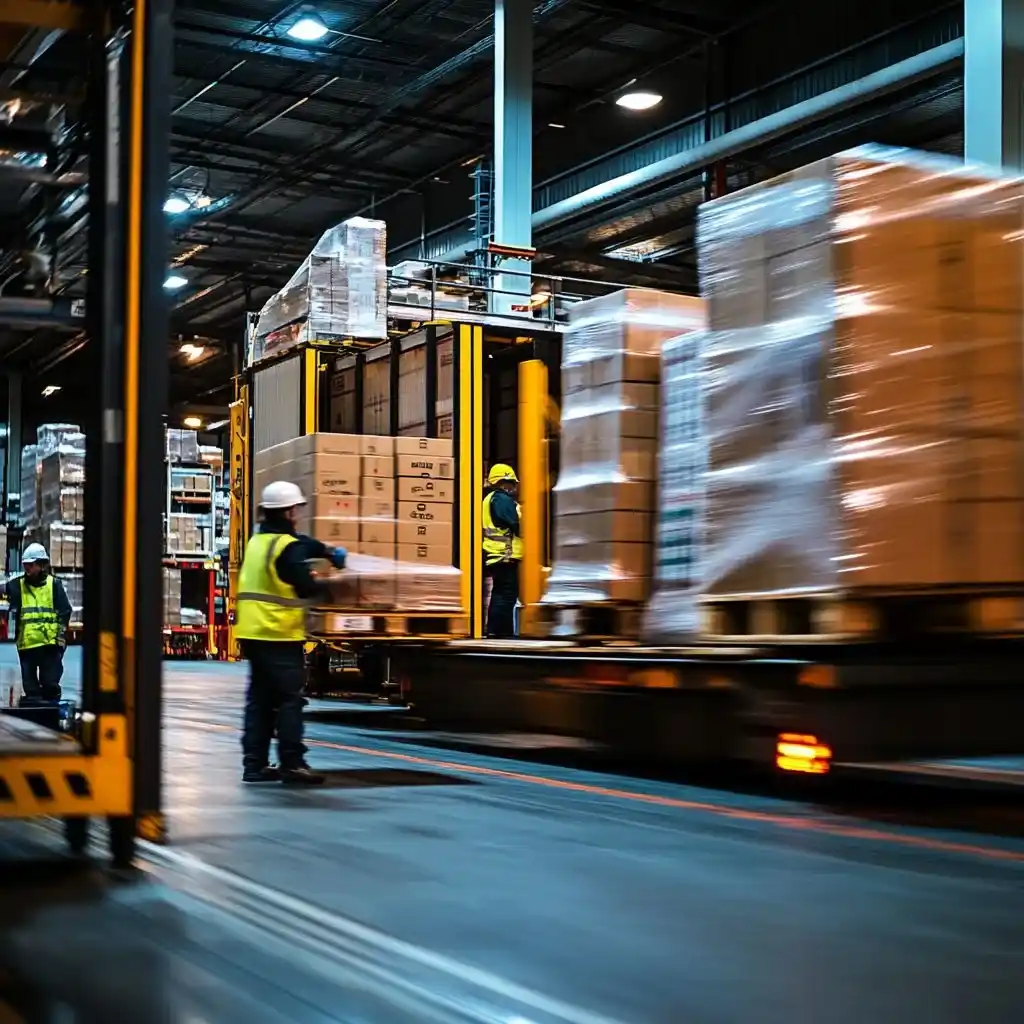Transport vs. Logistics: The Basics
Transport and logistics work hand in hand—but they aren’t the same. Transport is the physical movement of goods by road, rail, air, or sea. Logistics is the wider discipline that plans, controls, and optimises how products, data, and resources flow from origin to destination. Together they enable on-time delivery, lower costs, and better customer satisfaction across global supply chains.
What Is Transport?
Transport is the execution layer—the vehicles, networks, and operations that move freight from A to B.
Road: Door-to-door flexibility; ideal for short–medium distances and final-mile.
Rail: Cost-effective and lower-carbon for bulk/long distance; eases road congestion.
Air: Fastest option for long-haul, high-value or low-volume goods.
Sea: Backbone of global trade; most economical for large volumes and steady lanes.
What Is Logistics?
Logistics plans and controls the end-to-end journey. It aligns inventory, nodes, transport, and information to meet customer requirements efficiently and at the right cost.
- Inventory management: Right stock, right place, right time.
- Warehousing: Safe, efficient storage and handling between legs.
- Handling & packaging: Protects product quality and enables smooth transit.
The Role of Transport in Logistics
Transport as a Subset of Logistics
Transport is a core component within the wider logistics system. Logistics sets the strategy, selects modes, plans routes and service levels; transport executes the move that connects suppliers, manufacturers, warehouses and customers.
Why Efficient Transport Matters
Fast, reliable transport shortens lead times, reduces costs and improves service. Approaches like just-in-time (JIT) depend on dependable transport performance. Mode choice, consolidation, and route optimisation all feed directly into OTIF and customer satisfaction.
Key Differences & Intersections
Operational Focus
Transport focuses on execution (vehicles, drivers, legs, hand-offs). Logistics focuses on design and control (network strategy, inventory policy, carrier selection, service levels, cost-to-serve). Both are essential; logistics sets the plan, transport makes it real.
How They Interact
Decisions in logistics shape transport outcomes—mode, lane, consolidation, and timing affect speed, cost and carbon. In supply chain management, practices like cross-docking show this integration clearly: goods move from inbound to outbound without storage, demanding tight transport scheduling and logistics coordination.
Conclusion
Transport moves freight; logistics makes the movement efficient. Understanding both lets you choose smarter modes, design better networks, and deliver reliably. If you want help aligning transport execution with logistics strategy, Clintopia can design the plan—then run the route.
